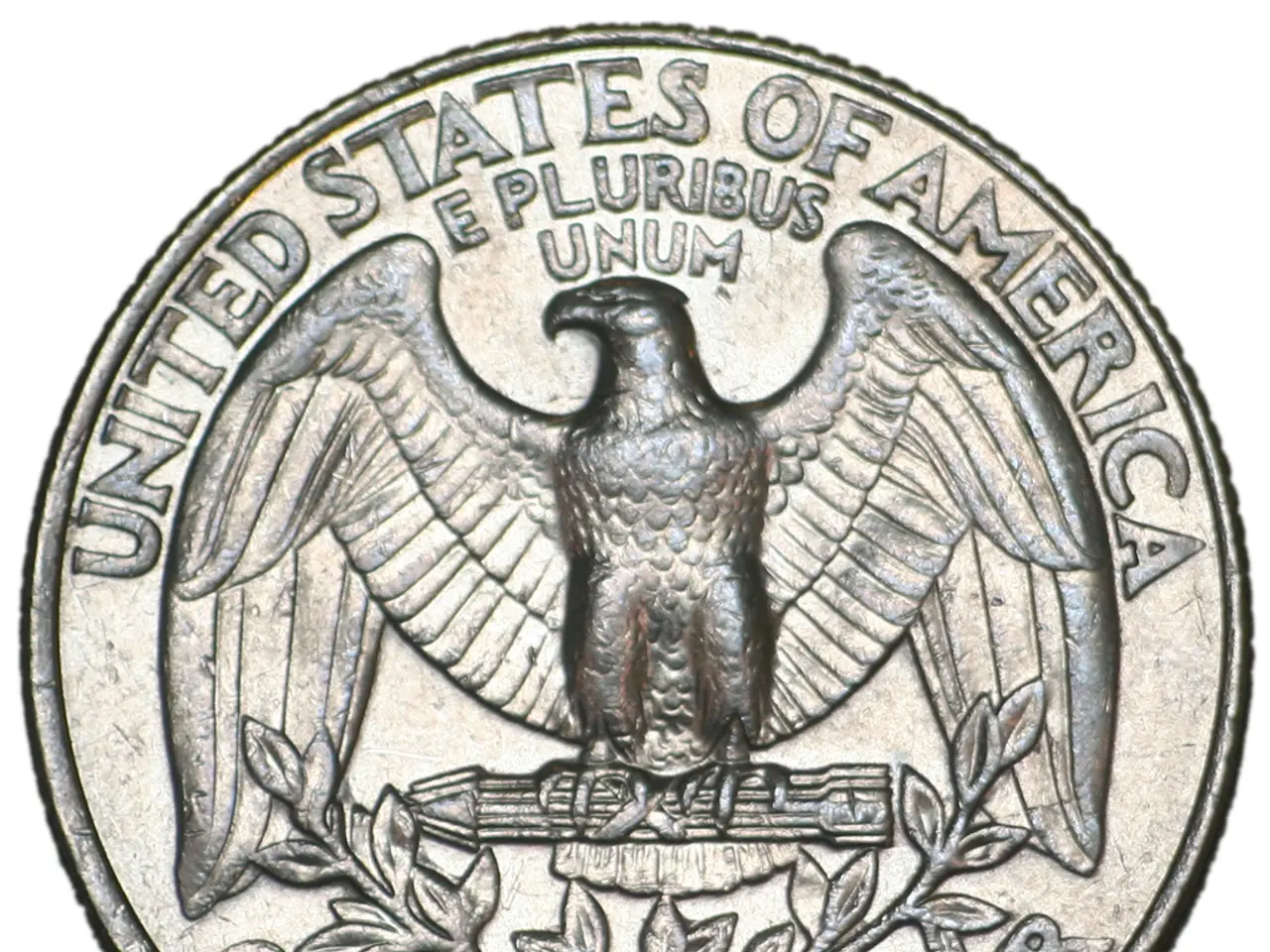US seeks to negotiate removal of high tariffs with Switzerland
The United States has announced a 39% tariff on Swiss imports, set to take effect on August 7, 2025. This new tariff rate, which is higher than the previously threatened 31%, has raised concerns for the Swiss economy, particularly for its manufacturing and watchmaking industries [1][3][4].
The Swiss government has expressed "great regret" over the tariff, noting the 39% rate "differs significantly" from the draft framework that had been under negotiation [3]. The Swiss trade negotiators were reportedly caught by surprise, as they had received encouraging signals from U.S. officials before the tariff announcement and plan to continue discussions, hoping to secure lower tariffs or a negotiated solution [3].
Swiss President and Finance Minister Karin Keller-Sutter confirmed in a post on X that the trade deficit remains a central U.S. concern and that Switzerland continues to seek a negotiated resolution [3]. The tariffs are expected to be particularly harmful to Switzerland's manufacturing and watchmaking industries, which account for a significant portion of Swiss goods exports to the U.S. [2].
In the pharmaceutical sector, Swiss pharmaceutical giants Roche and Novartis have announced plans to invest tens of billions of dollars in the United States in the coming five years to head off tariffs [5]. This move could potentially protect Swiss pharmaceutical exports, as they account for 60% of Swiss goods exports to the U.S., followed by machinery and metalworking at 20%, and watches at 8% [2]. However, for the time being, pharmaceutical goods appear to be exempt from the tariffs [2].
The European Union succeeded in getting Washington to agree that the 15-percent tariff ceiling it agreed would also apply to a potential levy on pharmaceuticals [6]. This agreement could potentially lessen the impact on Swiss pharmaceutical exports.
Economist Adrian Prettejohn at Capital Economics believes the high tariff rate on Switzerland is likely to be negotiated down in the future [7]. The Swiss government is in contact with US authorities and is hopeful of finding a negotiated solution [7].
The US is a significant trading partner for Switzerland, taking 18.6% of its total exports last year [8]. Switzerland is the sixth country in terms of foreign direct investment into the United States, particularly in research and development [9]. The trade balance between Switzerland and the United States is heavily in Switzerland's favor, at 40 billion Swiss francs ($49 billion) last year [9].
As negotiations continue, the impact of the 39% tariff on Swiss GDP is estimated to be around 0.6%, according to economist Adrian Prettejohn at Capital Economics [1]. The Swiss trade association representing the small and medium-sized firms in Switzerland's machine and metal-working industry has urged the government to take advantage of the negotiating window before the entry into force on August 7 of the new tariffs, warning of serious long-term consequences [10].
References:
- BBC News
- Reuters
- Swissinfo
- CNBC
- Bloomberg
- Politico
- Capital Economics
- Swiss Federal Customs Administration
- Swiss Federal Statistical Office
- Swiss Metal
- The high tariff rate on Switzerland, currently set at 39%, has sparked concerns not only within the Swiss finance industry but also in the arts, politics, and general news sectors, given its potential impact on the economy.
- The Swiss pharmaceutical industry, a significant portion of which is represented by Swiss pharmaceutical giants Roche and Novartis, is strategically investing a substantial amount in the United States in an effort to circumvent prospective tariffs and safeguard their exports.
- Despite the announced tariffs, the US remains a significant partner for Switzerland in terms of foreign direct investment, particularly in research and development, a fact that underscores the potential benefit of continued dialogue and negotiations between the two nations.




